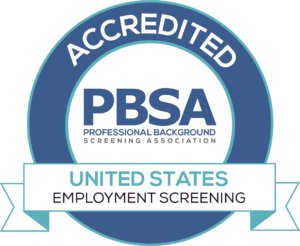According to the EEOC, harassment is a form of employment discrimination that violates the Civil Rights Act of 1964 and is defined as unwelcome conduct that is based on race, color, religion, sex, national origin, older age, disability, or genetic information.
Harassment generally becomes unlawful when conduct is pervasive enough to create a work environment that a reasonable individual would consider intimidating, hostile, or abusive. In most cases, petty behavior, annoyances, and fleeting incidents are not considered unlawful.
A few examples of unlawful workplace harassment include:
- Racial hostility
- Pressure for dates or sexual favors
- Derogatory jokes/slurs
- Use of threats or intimidation
- Physical attacks
- Destruction of property
- Intentional spreading of harmful mistruths
The EEOC has proposed changes to their workplace harassment guidelines– a process that has taken nearly six years. Here are some of the details.
General Overview
On September 29, 2023, the EEOC proposed updated workplace harassment guidance.
If adopted, it will supplant the original EEOC guidance documents issued in the 1990s. Here are some of the primary proposed changes:
- Harassment is covered under federal law if there is a perception of a protected characteristic (i.e., race, religion, sex, etc.), even if the perception is wrong.
- A new characterization of harassment based on sexual orientation and gender identity to include conduct such as misgendering and denying access to bathrooms consistent with an individual’s gender.
- The interpretation of what constitutes severe or pervasive conduct has been slightly altered.
- Proposed clarification stating that unlawful harassment need not be both severe and pervasive. A single incident can create a hostile work environment.
- A hostile work environment can be created within work-related contexts outside of an employee’s standard workplace.
- Third-party harassment guidance is given. The EEOC gives an example of an employee whose manager subjects the employee’s coworker to racial harassment and forces the employee to participate in that harassment. In addition to the coworker, the employee could also file a charge with the EEOC to seek relief for any harm she suffered as a result of having to take part in the harassment.
Will Employers Be Held Responsible for Misconduct?
These new proposed guidelines outline different liability standards depending on the parties involved in the harassment. Employers are often protected if they exercise reasonable care to prevent and correct the harassment.
Having formal policies and procedures will be necessary for employers to make a satisfactory defense against negligence when addressing any harassment claims.
More information can be found here on all these proposed changes.
Summary
Workplace guidelines are evolving, and employers are expected to adapt. Knowing about these changes and creating policies around them are the first steps to safeguarding your workplace against misconduct and litigation.
At Peopletrail, we keep employers apprised of such changes and help them develop hiring strategies around them. As a leading pre-employment screening provider, we are here to help build dependable, lasting workforces.








